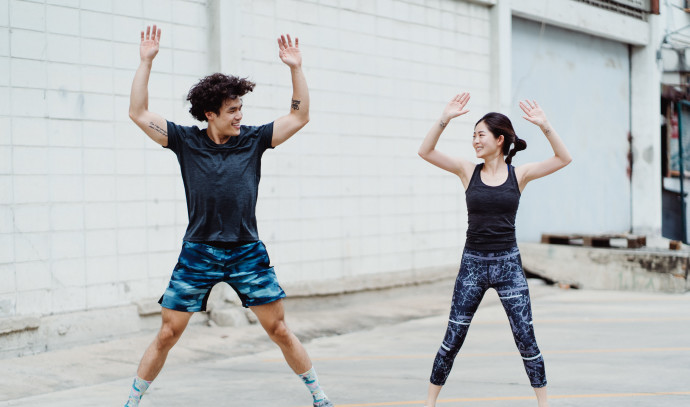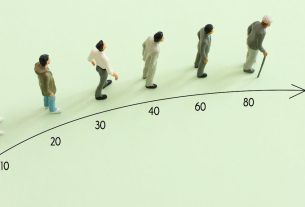|
Getting your Trinity Audio player ready...
|
Men and women can suffer from hair loss, but usually for different reasons and in different areas. Complete hair loss which leads to baldness happens more in men and is usually considered irreversible.
General hair loss happens more often in women and is caused by many factors, such as hormonal changes, mental stress, diet, and various illnesses. While baldness starts on the sides of the forehead and the center of the scalp, hair loss can happen everywhere.
It is important for anyone who experiences hair loss to consult a medical professional to understand what the possible causes are and how to treat them. Many types of hair loss are reversible with treatments that can stop the loss and renew growth.
One factor that can have a strong impact on hair health and growth, for better or for worse, is exercise.
How does exercise affect hair?
Physical activity is known to improve blood flow to cells and tissues in the body which is important for hair health because the increased blood flow contributes to opening pores in the scalp. This enriches hair follicles with the nutrients necessary for their growth and maintenance.
Studies also show that physical activity releases endorphins, chemicals that help relax and reduce stress. Since hair loss is often caused by stress, reducing stress through exercise can be a way to reduce hair loss as well.
However, intense physical activity can also have the opposite intended effect and actually cause temporary hair loss as it disrupts the natural hair growth cycle and can also damage the delicate hair follicles.
This is especially true of physical activities that cause a person to sweat since the salt in sweat and regularly accumulating salt on the scalp can damage hair health over time.
Exercises that are good – and bad – for hair health
A study conducted in 2001 found a connection between increased blood flow in the scalp and thicker and stronger hair. Since then, additional studies have been conducted that suggest that aerobic physical activity such as cycling, light running, fast walking, and swimming can increase the production of red blood cells, and improve blood circulation.
These activities can reduce cortisol, a hormone that causes stress. A study published in 2015 in the journal PLOS One found that aerobic fitness training can reduce cortisol levels in people who exercise by an average of 42 percent on the day of exercise and at lower rates in the days after.
On the other hand, overly strenuous activity can produce the opposite effect, especially if it includes challenging strength training. Experts emphasize that lifting weights can increase hair loss, especially among men. Aerobic training is better for hair health than exercises that focus on building muscle mass.
It is very important to shower soon after a workout, in order to quickly wash away sweat and salt from the scalp. It is also better to use cool water instead of hot water, since using very hot water can strip the scalp of essential oils that contribute to its health and hair growth. Overly hot water can also cause dryness and scalp inflammation which lead to increased hair loss.
Exercising regularly but not too strenuously, finding ways to relieve stress, and keeping a healthy diet can help reduce hair loss, and can lead to overall improvement in health and quality of life.



